clogged french drains??
vamom3
16 years ago
Featured Answer
Sort by:Oldest
Comments (11)
Brewbeer
16 years agoRelated Professionals
Franklin General Contractors · Niles General Contractors · Oxon Hill General Contractors · South Windsor General Contractors · Mount Vernon Interior Designers & Decorators · Sweetwater Interior Designers & Decorators · Palos Verdes Estates Architects & Building Designers · Avon Flooring Contractors · Campbell Flooring Contractors · Framingham Flooring Contractors · Gainesville Flooring Contractors · Skokie Flooring Contractors · Slidell Flooring Contractors · St. Louis Flooring Contractors · Wausau Flooring Contractorsworthy
16 years agovamom3
16 years agoworthy
16 years agoworthy
16 years agowtrprfr
16 years agovamom3
16 years agojulielewis
16 years agosara-jane-07_hotmail_com
13 years agoworthy
13 years ago
Related Stories

BATHROOM DESIGNHow to Choose the Best Drain for Your Shower
Don't settle for a cheap fix when you can pick a shower drain that suits your style preferences and renovation codes alike
Full Story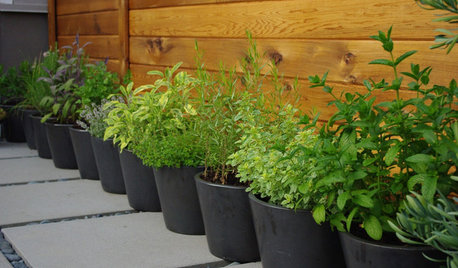
GARDENING GUIDES4 Herb Container Gardens for Fabulous Global Cuisine
Tingle your taste buds with the unbeatable taste of fresh herbs in your Italian, Asian, Mexican or French fare
Full Story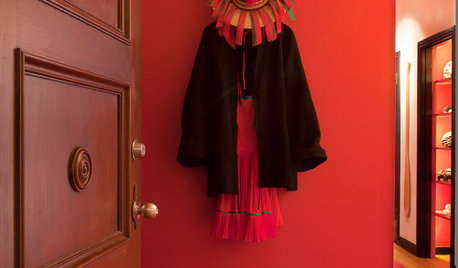
DECORATING GUIDESMy Houzz: Walls and Shelves Are This Collector's Colorful Canvas
French flea market finds, antique toys, folk art and family keepsakes all have a place in this creative consultant's San Francisco apartment
Full Story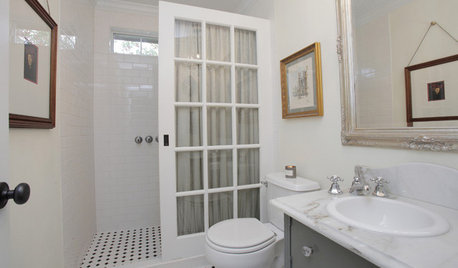
BEFORE AND AFTERSReinvent It: A Texas Bathroom Says 'Bonjour' to Salvage
Serendipity leads to vintage Parisian swank in this renovated bathroom, starring a French door in place of shower glass
Full Story
EDIBLE GARDENSHerb Garden Essentials: Grow Your Own Tarragon
Cooks swear by the spicy anise flavor of this seasoning, which is a favorite in French cuisine
Full Story
HOUSEKEEPING10 Problems Your House May Be Trying to Show You
Ignore some of these signs and you may end up with major issues. We tell you which are normal and which are cause for concern
Full Story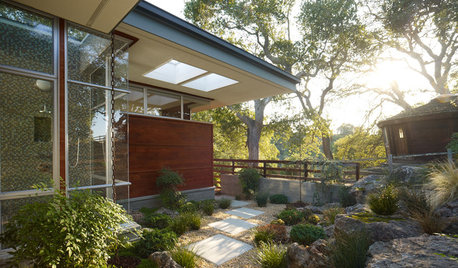
LANDSCAPE DESIGNSoak It Up: How to Manage Stormwater in Your Landscape
Permeable paving, gravel beds and planted areas in your yard can absorb and cleanse stormwater runoff. Here's how it works
Full Story
EARTH DAYGrow a Beautiful Garden With Ecofriendly Greywater
Reducing home water waste means lower bills and a healthier planet. Here's how to set up a greywater home irrigation system that can help
Full Story
LANDSCAPE DESIGNGet Along With Less Lawn — Ideas to Save Water and Effort
Ditch the mower and lower your water bill while creating a feast for the eyes with diverse plantings and gathering places
Full Story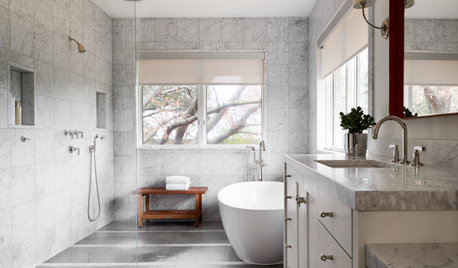
BATHROOM DESIGNDoorless Showers Open a World of Possibilities
Universal design and an open bathroom feel are just two benefits. Here’s how to make the most of these design darlings
Full StoryMore Discussions






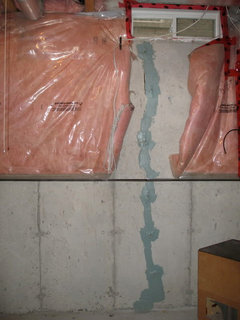
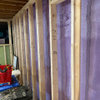

vamom3Original Author